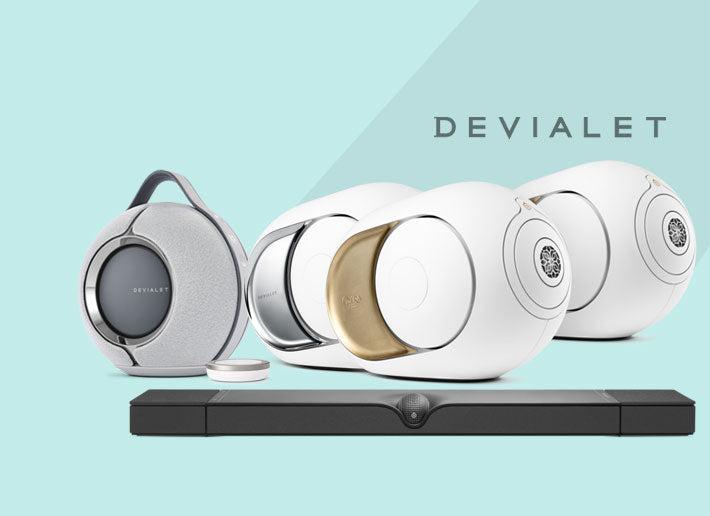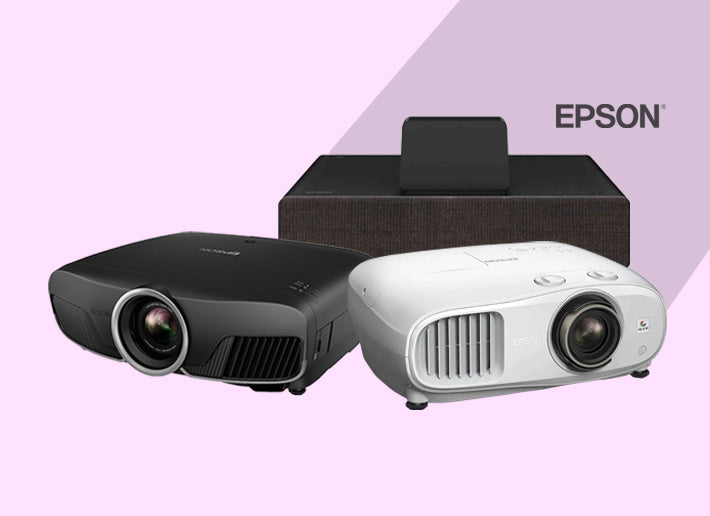Imagine designing a cutting-edge home theatre or professional AV setup with 8K video streaming, immersive Dolby Atmos audio, and seamless multi-room integration—only to face buffering, signal dropouts or network congestion. The backbone of any high-performance AV system isn’t just the speakers or display; it’s the network infrastructure that carries high-bandwidth signals reliably and with minimal interference.
This is where Cat8 Ethernet cables enter the scene. Offering 40 Gbps speeds, ultra-low latency, and superior shielding, they represent the next evolution in wired networking. But how do they stack up against Cat7 and Cat6? More importantly, are they the right choice for high-end AV environments? Let’s break it down.
Cat8 vs. Cat7 vs. Cat6: The Key Differences
| Feature | Cat6 | Cat7 | Cat8 |
| Max Speed | 1Gbps (Cat6) / 10Gbps (Cat6a) | 10Gbps | 25Gbps (Cat8.1) / 40Gbps (Cat8.2) |
| Max Bandwidth |
250MHz (Cat6a) |
600MHz | 2000MHz |
| Shielding | Optional (UTP/STP) | Shielded (S/FTP) | Fully shielded (S/FTP) |
| Max Distance | 55m (10Gbps) / 100m (1Gbps) | 100m (10Gbps) | 30m (40Gbps)/ 100m (10Gbps) |
| Ideal For | Basic AV streaming, smart home networking | Advanced networking, moderate AV-over-IP | High-bandwidth AV-over-IP, ultra-low latency applications |
Cat8 is designed for ultra-fast data transmission with minimal interference, making it an attractive option for high-performance AV environments. However, it has a shorter range (30m max at 40Gbps) and a higher cost compared to Cat6 and Cat7.
Where Cat8 Excels in AV Environments

Image credit - magnusgulf.com
1. Luxury Home Automation & Multi-Room Audio
Premium smart homes require reliable, interference-free networking to support:
-
Multi-room AV distribution (high-resolution audio & 4K/8K video streaming)
-
Smart lighting and automation systems
-
Surveillance & security integrations
Compared to Cat6 and Cat7, Cat8 provides:
-
Greater bandwidth, handling multiple high-bitrate AV streams simultaneously
-
Reduced signal degradation, crucial in large-scale smart home networks
-
Enhanced shielding, minimising crosstalk and electromagnetic interference in tech-dense environments
While most current automation systems don’t yet require 40 Gbps, investing in Cat8 ensures long-term compatibility with next-gen AV and IoT devices.
2. AV-over-IP: Future-Proofing High-End AV Networks
The shift towards AV-over-IP is redefining how professional and luxury AV systems are built. Unlike traditional HDMI or SDI setups, AV-over-IP streams uncompressed 4K/8K video and high-resolution audio over networked systems, requiring a high-speed, low-latency connection.
Cat8’s 40Gbps bandwidth makes it a prime candidate for:
-
Luxury home theatres leveraging AV-over-IP for high-resolution content distribution
-
Professional broadcast studios and production setups where latency is unacceptable
-
Enterprise-grade conference rooms using networked AV solutions for presentations and live streaming
While Cat7 (10 Gbps) is sufficient for current AV-over-IP applications, Cat8 ensures future-proofing, allowing seamless transmission of ultra-high-bitrate content without the risk of bottlenecks.
3. Professional Gaming & High-Resolution Streaming
For gamers and streamers demanding zero-lag performance, Cat8 delivers:
-
Ultra-low latency, crucial for real-time multiplayer gaming and cloud-based platforms
-
Consistent high-speed data transfer, ensuring zero buffering for 4K/8K live streams
-
Reduced network interference, preventing performance dips in complex gaming setups
While Wi-Fi 6 and 6E offer high speeds, they can’t match the stability of a wired Cat8 connection, making it the preferred choice for serious gamers and streamers.
Is Cat8 Worth the Investment for AV?
For most home theatre and AV setups, Cat6a or Cat7 will handle 4K streaming, multi-room audio and smart home functions without issue. However, Cat8 is a worthy investment if:
-
You rely heavily on AV-over-IP for uncompressed 8K streaming, VR or high-fidelity audio
-
Your network must support multiple, simultaneous high-bandwidth AV applications
-
You need maximum shielding to prevent interference in a tech-heavy space
-
You have networking equipment that supports the higher bandwidth that Cat8 enables
That said, Cat8’s shorter cable length (30m max) and higher cost mean that for most residential setups, Cat7 or Cat6a will still be the practical choice. Also, consider whether you have access to sufficient high-resolution video or gaming content to enjoy the benefits of Cat8 at this point. You might find that it is better to wait until 8K content is more widely available.
It is also important to remember that an upgrade to Cat8 may not make sense if your local networking equipment is older and cannot take advantage of it. Upgrading your network will probably also require significant additional investments – faster broadband, better routers, endpoints or switches – for you to experience substantially better performance.
Final Thoughts: Is Cat8 the Right Choice for Your AV Setup?
If your AV environment demands exceptional bandwidth, ultra-low latency, and network stability, Cat8 could be a strategic investment. For example, if you are setting up a network in a new home, it may be worth the additional investment to help avoid the need for future upgrades.
However, for most home AV setups, a high-quality Cat6a or Cat7 cable will still provide excellent performance at a more accessible price. And if you already have a Cat6a/7 network in place, you are unlikely to need to upgrade in the near future. You also need to keep in mind that the peak performance benefits of Cat8 will be experienced on your wired devices and not necessarily on wireless ones.
Before upgrading, consider your long-term AV and networking needs, the scale of your setup, and the compatibility of existing equipment.
Looking to optimise your AV networking? Explore our premium range of Ethernet cables, or contact us for expert consultation on the best connectivity solutions for your setup.









